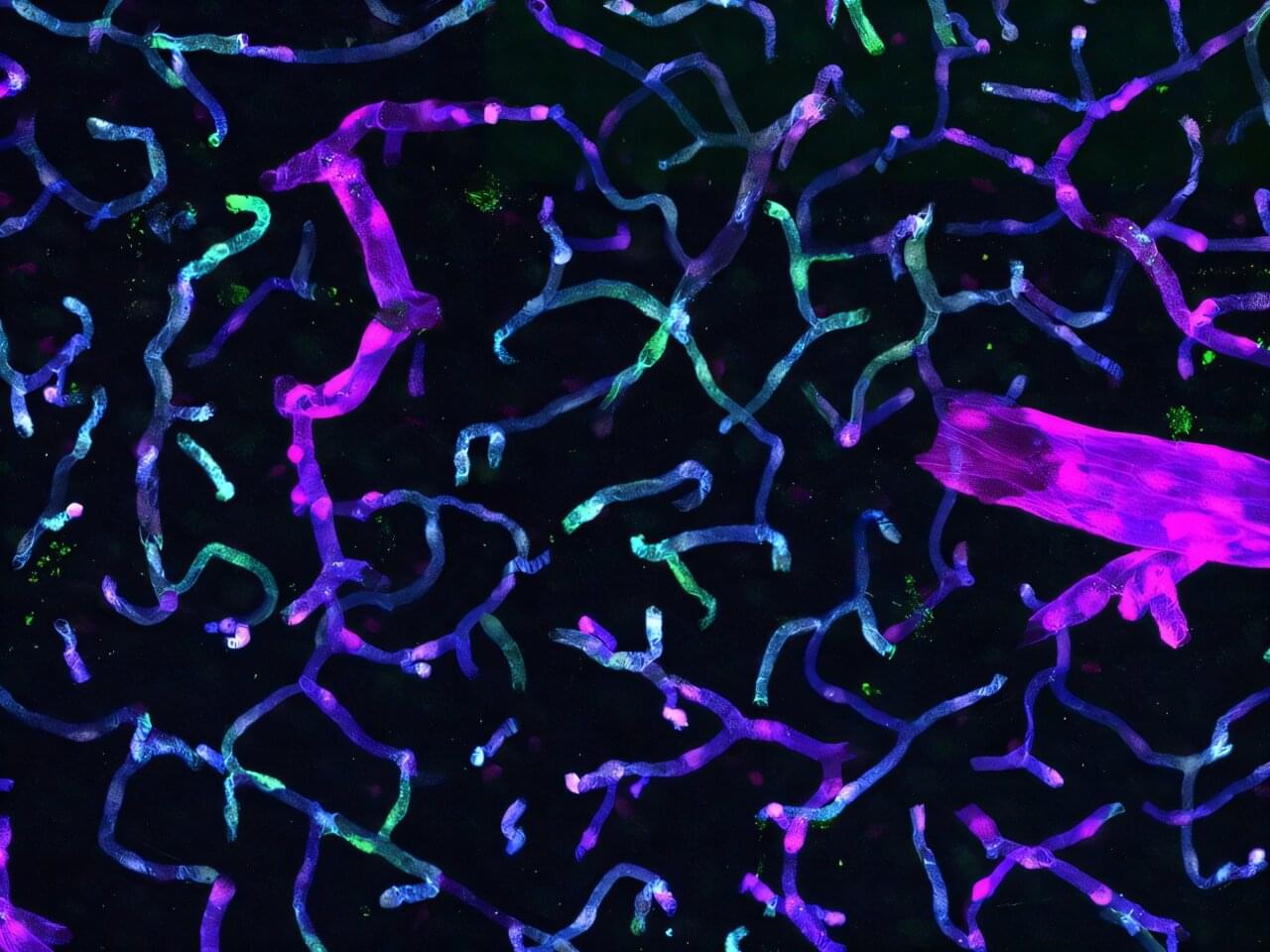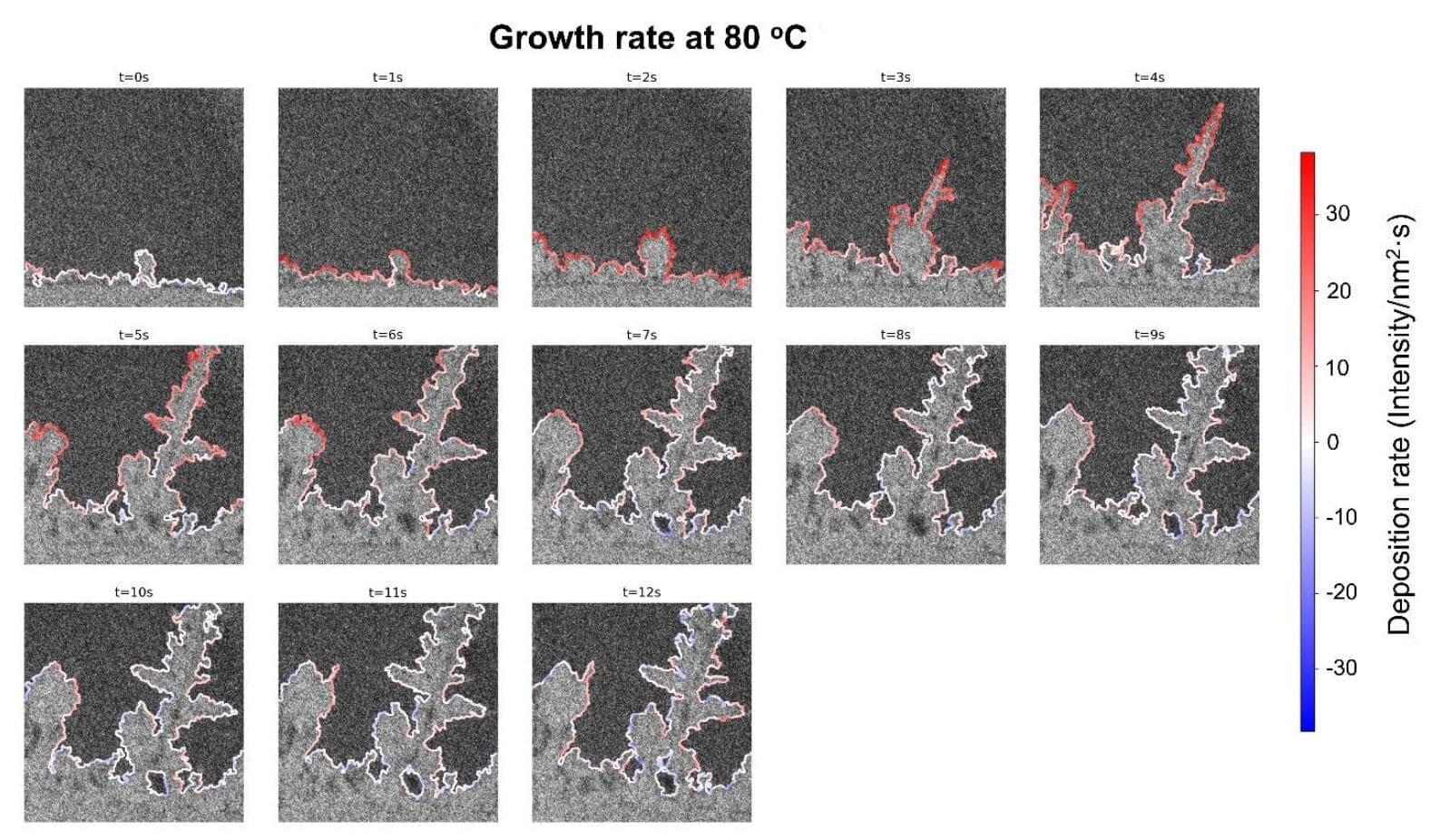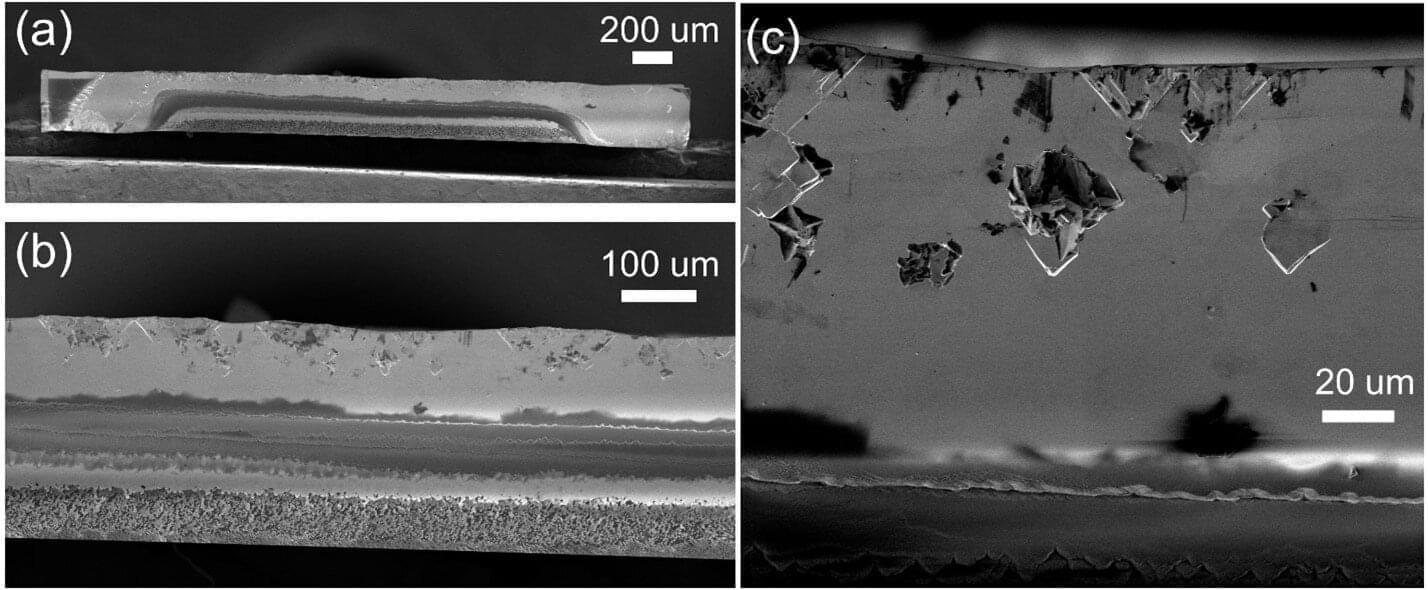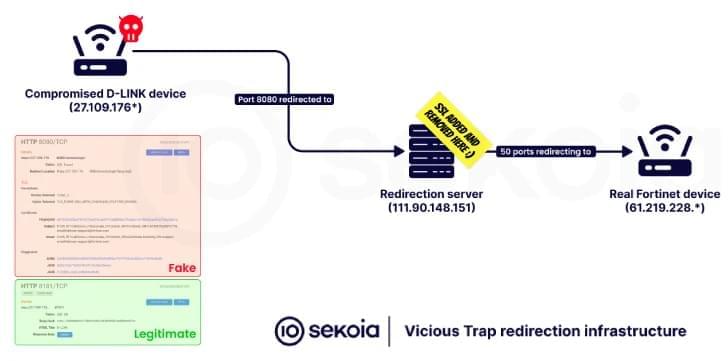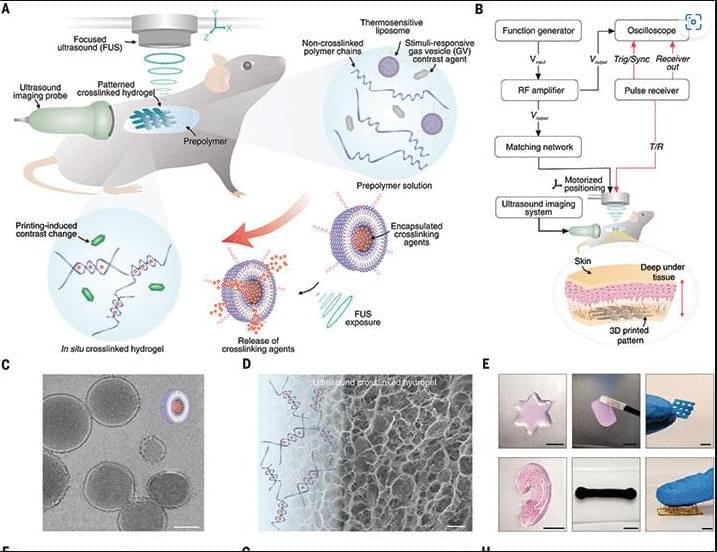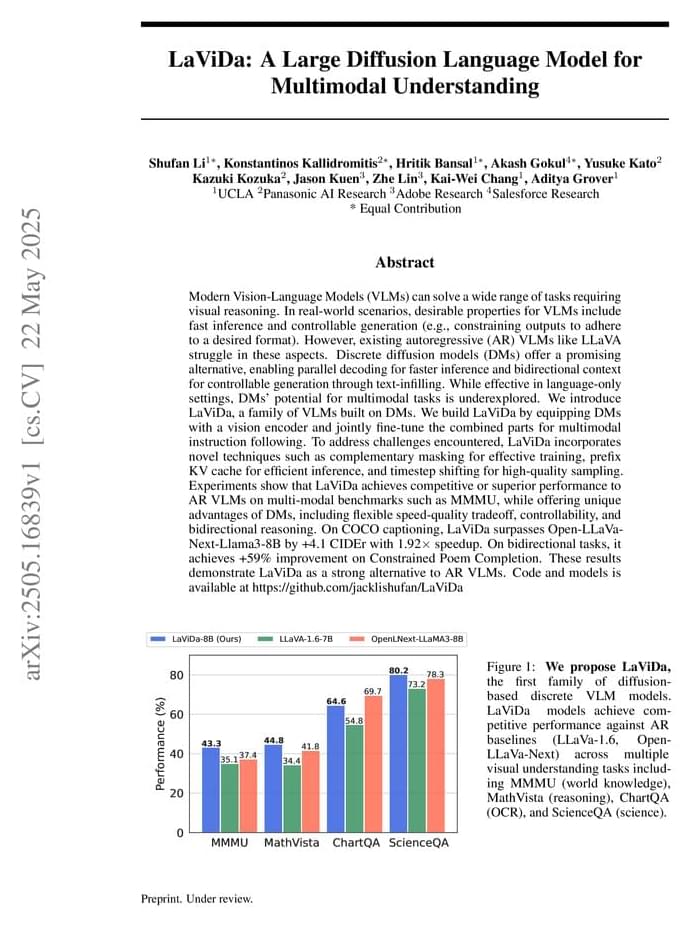New studies stemming from the Armamentarium consortium outline findings that advance tools based on Adeno-associated virus (AAV) vectors. An announcement about the work explains how an AAV “acts like a shuttle capable of transporting specially designed DNA into the cell.”
Two of the studies on these AAV tools were conducted by collaborative teams organized by Xiangmin Xu, Ph.D., UC Irvine Chancellor’s Professor of anatomy and neurobiology and director of the campus’s Center for Neural Circuit Mapping.
“This Armamentarium’s collection of work enables new tools that help to deepen our understanding of the human central nervous system structure and function,” says Xu. “Our own brain-targeting technology could help treat Alzheimer’s disease and many other neurological disorders.”
